What is the finishing media?
About Finishing Media
- 1. What is the finishing media?
- 2. What are the types and uses of commonly used finishing media?
- 3. What is tumbling finishing media?
- 4. What can tumbling finishing media be used for?
- 5. What are the types of tumbling finishing media?
- 6. How does tumbling finishing media work?
- 7. How to choose the correct tumbling finishing media?
- 8. What is the best tumbling finishing media?
- 9. How long is the service life of tumbling finishing media?
- 10. How to calculate the volume matching ratio between finishing media and workpiece?
- 1. What is the finishing media?
- All materials that are naturally produced or artificially produced and have high hardness, cutting ability and certain strength and toughness, and are used for grinding, finishing or polishing, can be finishing media, abrasive media. Finishing media are a diverse category, and many people have questions of one kind or another, such as: What are finishing media? What are the commonly used finishing media? What are finishing media used for? What are the types of finishing media? Let’s talk about these issues in detail below.
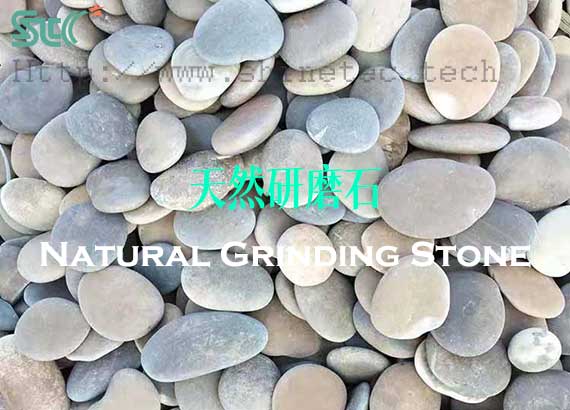
- 2. What are the types and uses of commonly used finishing media?
- According to the source, abrasives can be divided into two categories: natural abrasive media and artificial finishing media.
2.1 Natural abrasive media include diamond, natural corundum (also called emery), garnet, quartz sand, diatomaceous earth, pumice, flint, silica, feldspar, chalk, lime for polishing, etc.
2.1.1 Diamond. Diamond is the hardest substance currently known. The main ingredient is carbon, which is expensive because of its limited origin. Mainly used for manufacturing resin, ceramic or metal bonded abrasive tools. Diamond has a sharp shape and is the best abrasive tool for grinding hard and brittle materials such as cemented carbide, optical glass, and ceramics. It has a better polishing effect on alloys of different phases with huge differences in soft and hard. In addition, diamond polishing abrasive media have the characteristics of long finishing life, high cutting ability, and strong wear resistance. However, because it is easily carbonized at 700℃~800℃, it is not suitable for finishing steel materials and ultra-high-speed grinding.
2.1.2 The main components of emery are aluminum oxide (Al2O3), a small amount of iron oxide (Fe2O3) and other impurities. It can be used for finishing and polishing all metals.
2.1.3 Garnet is the oldest type of polishing abrasive media. It was called Ziyawu in ancient China. It has been used to grind gemstones since the Bronze Age. It gets its name because the crystal particles are shaped like pomegranate seeds. It is mostly used for sandblasting, waterjet cutting, manufacturing coated abrasive tools, filter materials, wear-resistant floor aggregates, etc. It is used in hardware, steel, castings, ceramics, aluminum, wood, and leather industries.
2.1.4 The main component of quartz sand is SiO2, which is the earliest grinding wheel material and can be used for grinding, polishing, tumbling and sandblasting. The main component of diatomite is also SiO2, which is an ingredient in the manufacture of polishing powder and whetstone. Suitable for finishing and polishing soft metals such as brass, aluminum, and zinc.
2.1.5 Pumice comes from volcanoes and is the raw material for making polishing powder. Suitable for finishing and polishing soft metals and their alloys, wood, glass, plastic, leather, etc.
2.1.6 Flint, is a relatively common siliceous rock. Because flint is hard and produces sharp fractures when broken, it was first favored by primitive people in the Stone Age and used to strike and make stone tools. The striking of flint and iron tools will produce sparks, so it was also used as a fire-making tool by ancient people. In ancient China, a small piece of flint and a steel “fire sickle” were often struck to make fire, so flint is also called flint. The modern grinding industry utilizes its hard and sharp edges as grinding materials.
2.1.7 Silica is the general name for vein quartz, quartzite, and quartz sandstone. The main component is also SiO2. Silica has a wide range of uses. When used in the grinding industry, it can be used to make grinding stones, oil stones, and sandpaper. It can also be used to polish glass, Surface of metal products, sawing and grinding stones, polishing jewelry, etc.
2.1.8 Feldspar is the general name for feldspar minerals. There are many types, such as albite, anorthite, barium feldspar, barium adolite, microcline feldspar, orthoclase, feldspar, etc. The main component is feldspar. Silicon oxide, aluminum oxide, K2O, sodium oxide, calcium oxide, etc. When used in the grinding industry, it is often used as a bond component in the production of bonded abrasive tools, such as grinding wheels.
2.1.9 Chalk is calcium carbonate and has a wide range of uses. It is used in the grinding industry as a raw material for tooth powder, toothpaste and other cosmetics.2.2 Artificial abrasive media. It is an abrasive material that does not exist in nature and is entirely artificially produced. The main types are:
2.2.1 Sintered abrasives. Mainly divided into corundum abrasive media, silicon carbide abrasive media and CBN (cubic boron nitride) abrasive media, the varieties are divided into:
Brown corundum abrasive media. The main component is Al2O3, which has medium hardness, high toughness, sharp particles, relatively low price, and is suitable for processing metals with high tensile strength.
White corundum abrasive media. Its hardness is slightly higher than brown corundum, but its toughness is poor. It is easy to cut into the workpiece during finishing. It has good self-sharpening, low heat generation, strong finishing ability and high efficiency. Chrome corundum abrasive media is its derivative.
Single crystal corundum abrasive media. Its particles are composed of a single crystal and have good multi-edge cutting edges, high hardness and toughness, strong grinding ability, and low grinding heat. The disadvantage is that the production cost is high and the output is low, so the price is relatively high.
Silicon carbide abrasive media. Divided into black silicon carbide abrasives, green silicon carbide abrasives, cubic silicon carbide abrasives, and cerium silicon carbide abrasives. The main component is SiC, which has high hardness, high brittleness, sharp abrasive grains, good thermal conductivity, and strong wear resistance. It is more suitable for processing hard and brittle metal and non-metallic products. At present, the finishing and cutting of most NdFeB magnetic materials is widely used.
CBN (cubic boron nitride) abrasive media. It is a synthetic super-hard material, its hardness is second only to diamond, and it is an excellent grinding material. Compared with traditional grinding materials, CBN abrasives have excellent grinding performance, especially when grinding cemented carbide, and are more efficient. CBN abrasive media are known as one of the greatest technological advances in the history of the abrasives industry due to their high strength, high wear resistance, excellent hardness close to diamond, and excellent thermal stability. The wear resistance and hardness are more than four times that of traditional abrasives, and its unique chemical properties also make it particularly suitable for grinding ferrous metal materials.
The thermal integrity of CBN abrasive media and their ability to maintain a sharp cutting edge when machining ferrous materials makes them the product of choice for advanced grinding systems. When grinding ferrous metals, they do not react with each other; when grinding steel alloys, they are not easily oxidized. This makes CBN abrasive media the first choice for high-performance grinding wheels for grinding different materials such as cast iron and hard steel.
CBN abrasive media can withstand high temperatures of 1300℃~1400℃, are chemically inert to iron group elements, have good thermal conductivity, have high removal rates when grinding steel, have large grinding ratios, and have long tool life. They are ideal for grinding hardened steel, The best abrasive for metals with high hardness and toughness such as high-speed steel, high-strength steel, stainless steel and heat-resistant alloys. In addition, CBN abrasive tools are also suitable for ultra-high-speed grinding, and metal-based CBN abrasive tools will not break even if the linear speed exceeds 250m/s.2.2.2 Preformed finishing media.
There are two types of such finishing media: One is sintered ceramic media; also known as ceramic deburring or polishing media. Corundum sand or silicon carbide powder, quartz powder, alumina and other materials are melted at a high temperature of more than 1,000 degrees and sintered into a finishing media with very high hardness. The other is abrasives media bonded with resin, called resin media, polyester media or plastic media. This type of abrasives media can be made into triangular, spherical, square, conical, cylindrical and other shapes. Each shape of abrasives media has different sizes.2.2.3 Steel finishing media.
It can be made into hard steel balls, stainless steel balls, ballcone, ufo, needles, pins, angle cut cylinder and other shapes. This type of abrasive media has high strength and is not easily broken. It is mainly used for polishing surface brightness.2.2.4 Bio-degradable finishing media.
Commonly used ones include corn cobs, walnut shells, sawdust, shredded felt, shredded leather, etc. It is mainly used in the tumble polishing process. It is used for the final polishing and drying of parts that have been treated with light finishes, and can achieve an effect close to mirror polishing.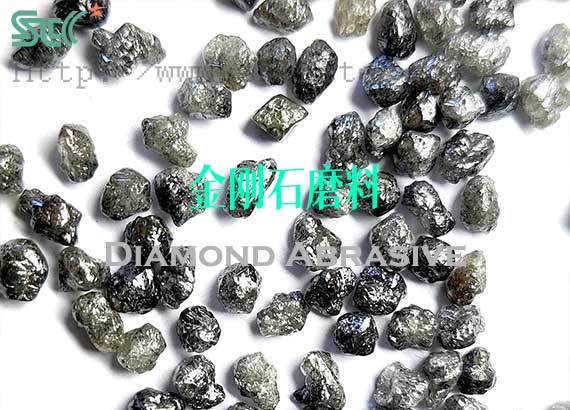
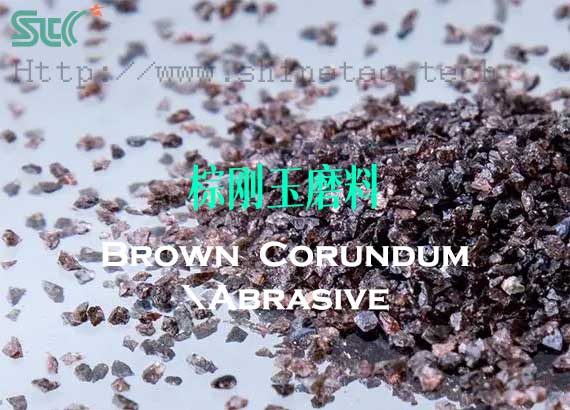
- 3. What is tumbling finishing media?
- Tumbling finishing mediaalso called tumbling abrasive media and mass finishing media, refer to abrasive media that use tumbling, vibrating, rotating and other motion methods to finishing the surfaces of product parts and workpieces. It can be natural abrasive media such as river sand, stones, and plants, but most of them use artificial abrasives, including abrasive media with cutting force and polishing media without cutting force. This artificial abrasive media comes in a variety of shapes, including tri-angle, ellipses, spheres, cylinders, tri-star shapes and other clumps, so it is also commonly called tumbling media. It can be said that tumbling abrasive media are one category of abrasive media, but because natural abrasive media are rarely used now, tumbling media actually refer to tumbling abrasive media in most cases.

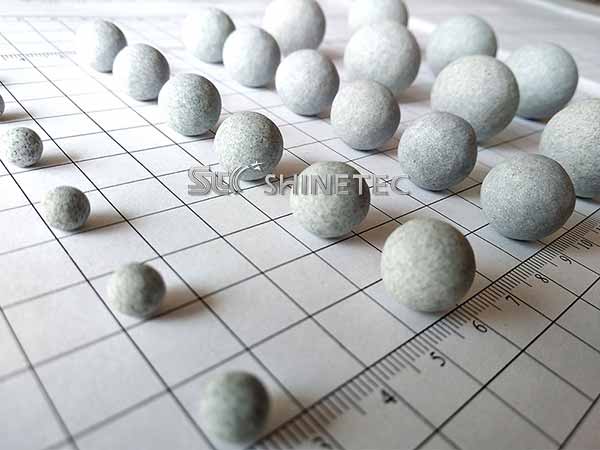
- 4. What can tumbling finishing media be used for?
- Tumbling media can deburr, descale, deflash, chamfer, derust, degrease, clean, polish, brighten on metal and non-metallic parts and workpieces. The advantage of this kind of finishing media is that it can quickly finish products in large quantities, automatically, and has the characteristics of low cost, high efficiency, safety and environmental protection.
- 5. What are the types of tumbling finishing media?
- Tumbling media are divided into three types of abrasive media: rough finishing, fine finishing and polishing:
5.1 Rough finishing media, mainly includes brown corundum ceramic media, resin ( plastic) media, divided into heavy cutting force, medium cutting force and light cutting force.
5.2 Fine finishing media, includes white corundum ceramic media, chrome corundum ceramic media, 3P abrasive media, etc. Because the grit size of the micropowder contained in it is very fine, some of which are nearly 2000-3000 mesh, it can continuously perform micro-cutting on the surface of the workpiece to form a more delicate surface roughness, which is suitable for finishing and polishing precision parts.
5.3 Polishing abrasive media include high-alumina porcelain media, high-density porcelain media (high-alumina porcelain media with an alumina content of more than 95%), stainless steel media, walnut shell abrasive media, corn cob abrasive media, etc. The main purpose is to improve the gloss and brightness of the workpiece surface. - 6. How does tumbling finishing media work?
- The shapes of tumbling finishing media include triangles, spheres, cubes, cylinders, three-star shapes, etc. The cutting surfaces are straight and angle to form acute angles at different angles. The specifications are also available in dozens of sizes from 1mm to 60mm, which are suitable for each. Finishing and polishing of internal and external surfaces of product parts with irregular and complex shapes, holes, seams, corners and other parts. The main mode of operation is to put the abrasive media and parts together into the working barrel of the tumbling finishing and polishing machine, and use the vibrating, tumbling, rotating and other mechanical movements generated by the machine to cause the abrasives to rub and cut on the surface of the workpiece to achieve the effect of finishing and polishing.

- 7. How to choose the correct tumbling finishing media?
- There are several factors to consider when purchasing tumbling media:
7.1 Cutting force. This indicator determines the speed at which the workpiece is ground. Heavy-cutting abrasive media can finish parts faster but produce a relatively rough surface finish. Conversely, light-cutting abrasive media finish more slowly but produce higher surface quality.
7.2 Durability. Wear resistance determines the service life of abrasive media. Wear resistance is affected by factors such as the quality of various raw materials, the particle size and content of abrasives, the matching degree of binder and corundum sand, the condition of vacuum during molding, and the control of sintering temperature. This is a key indicator reflecting the quality of abrasives.
7.3 Hardness. Workpieces with different hardnesses require tumbling media with different hardnesses for finishing. The harder the workpiece, the harder the abrasive media is required to polish it. If high-hardness abrasives are used to polish workpieces made of soft materials, they may cause damage to the workpiece. For example, if aluminum alloy workpieces are ground with brown corundum ceramic deburring media, the surface will be dull, corrosion pits (impacting points) and a deformation disturbing layer will be produced on the surface.
7.4 Shape and size. Different shapes and sizes of product parts require matching abrasive media of different sizes and shapes. Generally speaking, the larger your workpiece is, the larger the media will be, and the smaller the workpiece will be, the smaller the abrasive will be. Particular attention should be paid to the shape and size of the abrasive media so that it cannot get stuck in the inner holes, pipes, gaps, corners, etc. of your product.
Every user of abrasive media wants to buy high-quality abrasives with fast grinding time, high surface quality and strong wear resistance. Maybe you are looking for where is the best tumbling abrasive media manufacturer? Please contact us. ShineTec masters the key technologies of abrasive production and manufacturing and can provide you with the most cost-effective abrasive media. - 8. What is the best tumbling finishing media?
- To measure the quality of finishing media, the most critical factors are cutting efficiency and wear resistance. However, in terms of production and manufacturing processes, these two are contradictory indicators. To achieve high cutting efficiency, you need to use large-grained corundum sand. However, the larger the particle size of the sand, the easier it is to fall off from the matrix during finishing, affecting the wear resistance of the abrasive and causing high wear. Here it is necessary to master the bonding strength between the sand grains and the binder, find a balance point, and maximize the cutting force of corundum sand while enhancing the bonding strength with the matrix. It requires both high cutting force and strong wear resistance. This is the core technology that produces the best tumbling media.
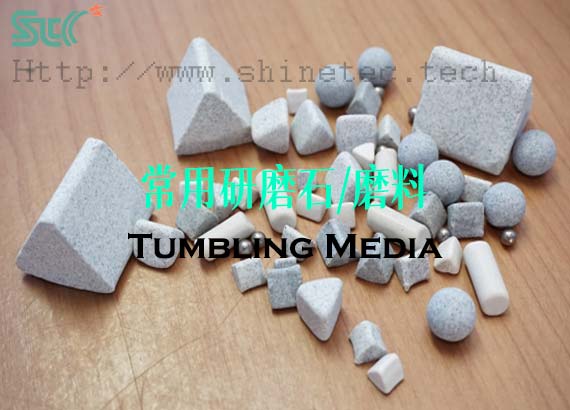
- 9. How long is the service life of tumbling finishing media?
- The service life of tumbler media typically ranges from several months to several years, depending on the hardness, shape, and size of the workpiece being ground. Workpieces with sharp burrs and edges, sharp edges, flash edges, higher hardness and larger appearance will cause greater loss to the abrasive. The service life is shorter.
Of course the most basic factor depends on the quality of the tumbler media. Good abrasive media will enhance wear resistance while ensuring grinding efficiency. ShineTec’s tumbler media are mature and stable formulas formed on the basis of dozens of process formula tests. Corundum sand has the best material match with other binders, and the wear resistance of the products is longer than other products on the market in terms of service life. There is a 3 times improvement. - 10. How to calculate the volume matching ratio between finishing media and workpiece?
- What is the most appropriate loading ratio of tumbler media to workpiece during primary finishing and polishing? This ratio depends on the finishing effect you want to achieve. Factors that need to be considered include the material, size, shape of the abrasive media, the material and weight of the workpiece.
Below is a basic tumbler media : parts ratio guide, please refer to the table below to determine your usage:Tumbler Media to Workpiece Volume Ratio Typical Application 0 : 1 no abrasive media, and the product is self-finishing and polishing, such as some decorative stones for handicrafts. 1 : 1 Same proportion of tumbler media and products with very rough surface, such as forgings, castings, etc. 2 : 1 Light finishing, allowing workpieces to collide with each other. 3 : 1 Minimum ratio for copper, aluminum, zinc and other non-ferrous metal workpieces. The workpieces may collide with each other, so the ratio is suitable for finishing and polishing ferrous metals. 4 : 1 Average efficiency ratio of non-ferrous metal workpieces. High efficiency ratio for ferrous metal parts. 5 : 1 Suitable for finishing and polishing non-ferrous metal parts. Workpieces rarely collide with each other. 6 : 1 Suitable for finishing and polishing of non-ferrous metal products. It is often used for pre-plating treatment of resin media and aluminum and zinc alloy workpieces. 8 : 1 Suitable for finishing and polishing of non-ferrous metals or precision parts. Less surface roughness and smoothness. 10:1~20:1 Better polishing quality. Suitable for irregular shapes or fragile workpieces. Max No collision between workpieces. One machine polishes one part or each workpiece needs to be separated.